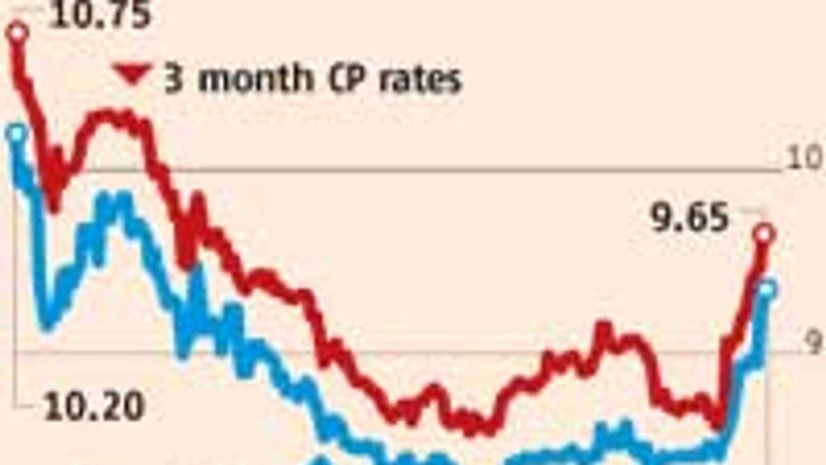Banks can borrow from RBI’s liquidity adjustment facility window at 7.75 per cent; rates on three-month CDs are about nine per cent. If the central bank cuts the repo rate by 25 basis points, as is expected by market participants, and short-term rates rise as the financial year draws to a close, banks would record higher arbitrage profits.
Typically, at the end of a financial year, short-term rates tend to rise, as banks scramble for funds to meet annual targets. In the last financial year, two-month CD rates exceeded 12 per cent, an increase of 200-250 basis points in a month.
Bankers said banks with government securities more than the mandated amount are set to gain the most from arbitrage. The statutory liquidity ratio (SLR) mandated by RBI is 23 per cent. According to bankers, the SLR of most banks is about 30 per cent. SLR is the amount a commercial bank needs to maintain in the form of cash, gold or government-approved securities.

By then, short-term rates are expected to rise further, as liquidity would tighten due to advance tax outflows.
Apart from CDs, banks also plan to invest in commercial papers. With the base rate (the reference rate for all bank loans) high, companies are tapping the CP route to borrow funds at cheaper rates. While the rate on one-year CPs is less than 10 per cent, the base rate for most public sector banks is 10.25 per cent.

)
